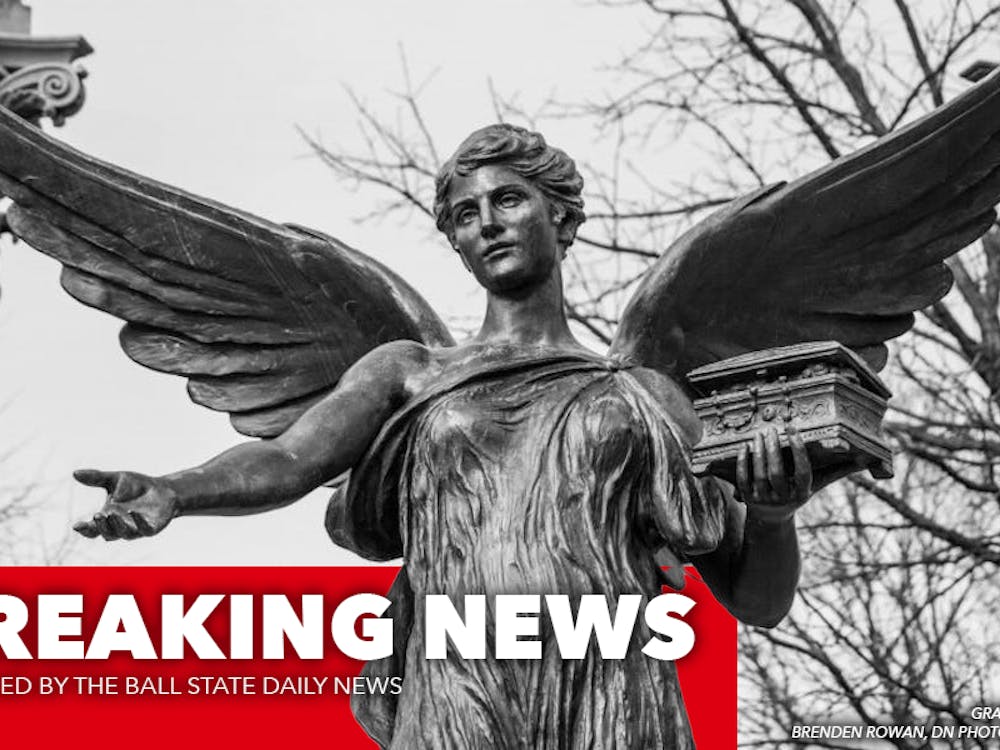Cardinal Commitment
Completed:
Briner Sports Complex’s field hockey playing surface - Summer 2013
Ball State softball complex’s bathrooms - Summer 2013
To Be Finished
Ballpark Complex - June 2014
Court Sports Facility - Unknown
Football Team Complex - Unknown
Golf Practice Facility - Unknown
Though she did not attend Ball State, one Muncie resident is playing a major role in the university’s Cardinal Commitment campaign.
Beth Lang’s sole tie to the university is women’s volleyball head coach Steve Shondell — her daughters played for him during their time at Muncie Burris High School.
Around 1995, Lang became a Shondell fan and later made the jump to supporting Ball State’s volleyball teams. Now, she is part of a committee to name a new practice facility after former men’s volleyball head coach Don Shondell, who is Steve Shondell’s father.
She continues to lead within the community of those who give back, and she acknowledged how difficult it can be.
“It is possible, once you get in the work world, to give back,” Lang said. “But if I asked my kids, ‘Can you write a check for $500?’ They’re going to look at me and go, ‘Are you kidding me?’”
Even $500 donations help Ball State move closer to the $20 million goal of the Cardinal Commitment campaign. So far, the university has raised roughly 85 percent of its goal, said Hudson Akin, vice president for university advancement. He said the campaign has reached its most intense portion.
Instead of five- and six-figure gifts that are more common during the private portion of the fundraising campaign, the bulk of donations are small gifts. The university announced the Cardinal Commitment campaign in April 2013, at which point it had raised more than 60 percent of its goal.Athletic Director Bill Scholl, who works with Akin and others to pull gifts from Ball State alumni and former student-athletes, said the smaller gifts require more time.
“You’re now looking for multiple gifts at lower levels,” Scholl said. “They’re critical, very important and great signs of support, but are more time-intensive.”
Prior to initiating the campaign in early 2011, Akin said more than $50 million in upgrades were highlighted. After hiring an outside company to complete a feasibility study, though, that number was seen to be out of reach.
After setting the fundraising goal of $20 million, the list of projects was narrowed down to those that were needed most and would generate the most interest among donors. A facility for men’s and women’s volleyball and basketball was one project with a need to be completed.
“We knew there was great interest in a new practice facility that would take some of the pressure off Worthen Arena,” Akin said. “It’s the only playing surface we had, and it’s also the only practice facility we had.”
For Lang’s group, they need to raise half of the estimated $8 million costs associated with the new building in order to buy the naming rights for Don Shondell.
The building is not fully funded at this point, but other projects have been completed. A new playing surface was finished at the Briner Sports Complex for the field hockey team last summer, in addition to the bathrooms built near the Ball State softball complex.
Funding for a new football facility is complete, and construction is scheduled to begin in June. Both the softball and baseball facilities will be upgraded as part of the Cardinal Commitment campaign, too.
Akin said the original goal of raising $20 million was meant to be a stretch. He never believed the fundraiser would be a “slam dunk.”
Raising the final $2 million to $3 million of the goal will be a process that requires more impersonal donations, Akin said. Early stages of the program required Akin to take part in face-to-face meetings with donors.
The second half uses informational letters, phone calls and emails to reach out to donors who can contribute.
“It’s harder to get in front of those people in California, but we’ve made calls to them,” Akin said. “And the people in Georgia, Florida or wherever they may be.”





